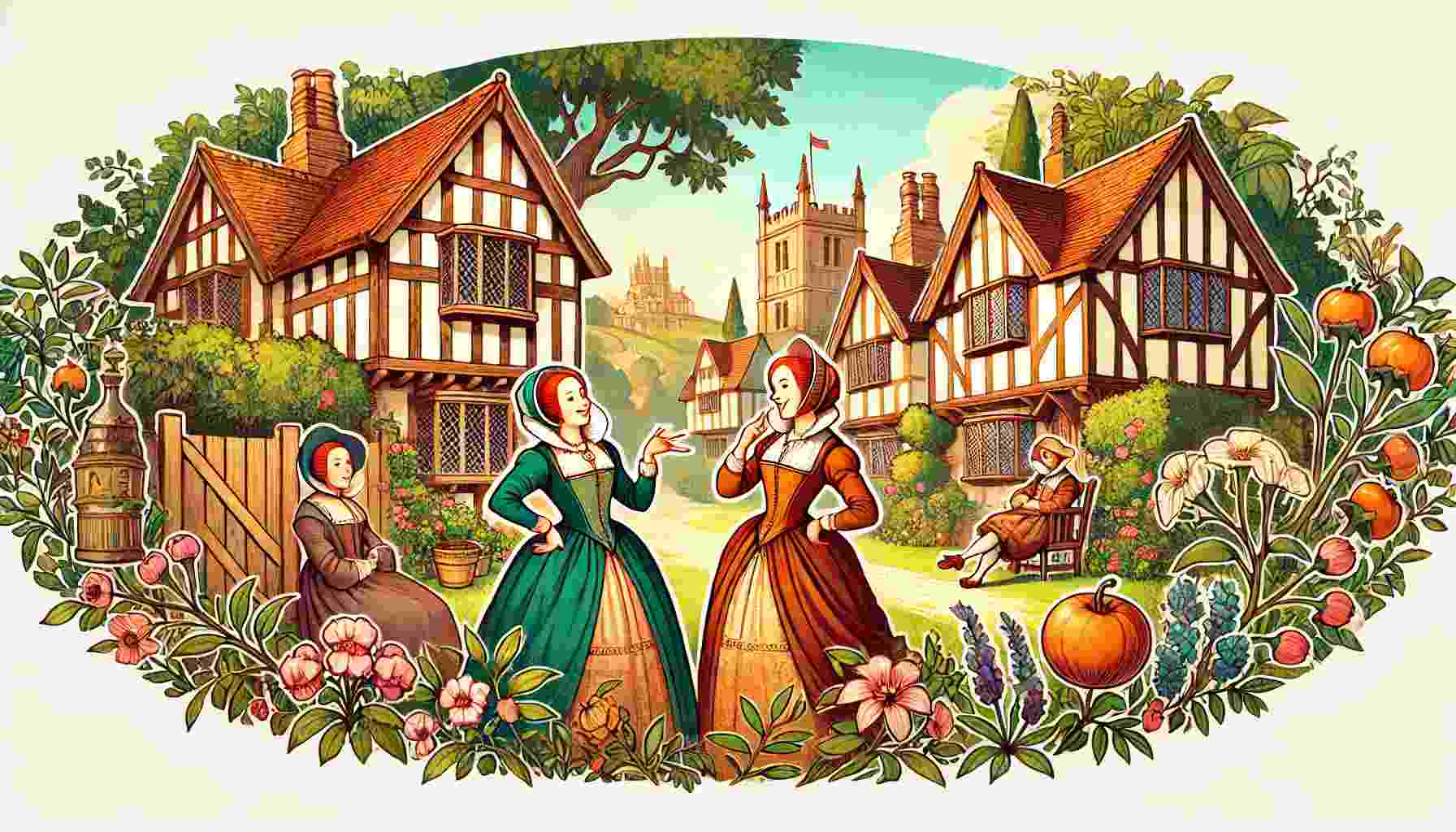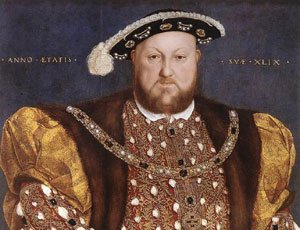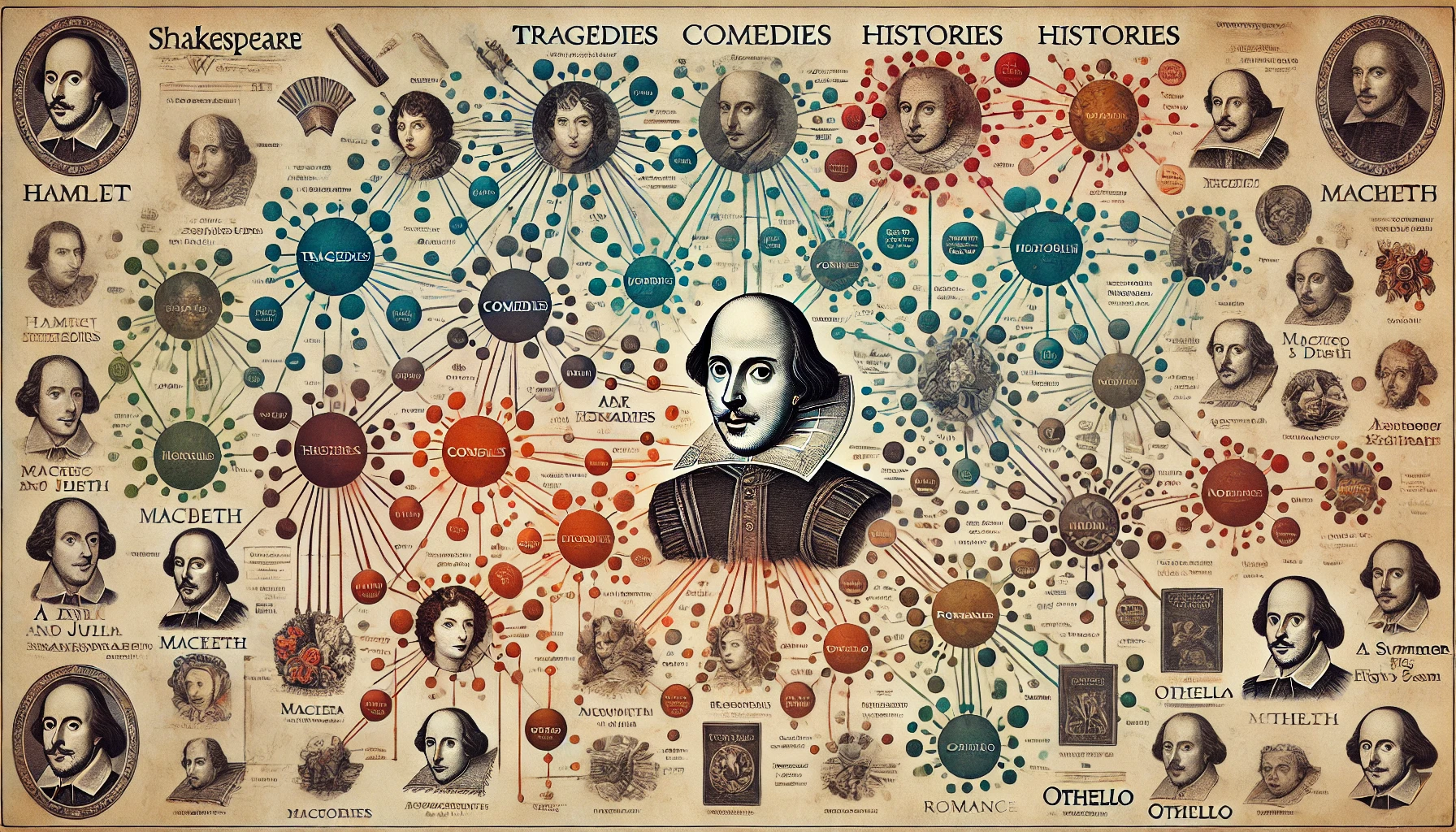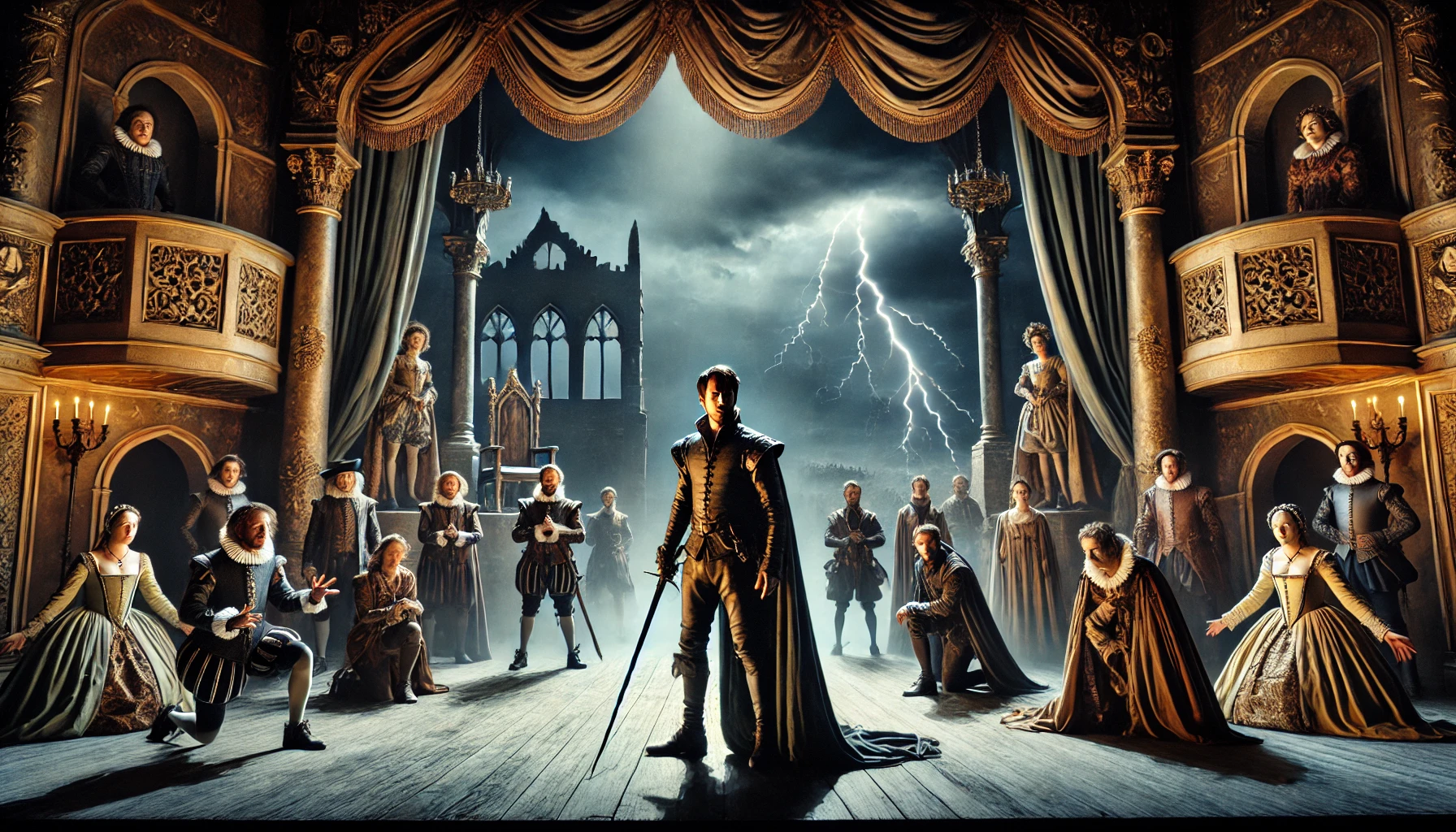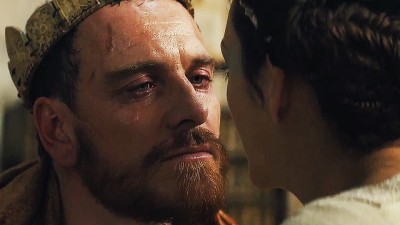ERNEST HEMINGWAY
(1899-1961)
Life and main works
Ernest Hemingway was born in Illinois in 1899. He was the son of a well-to-do doctor (who later committed suicide) and spent his childhood in an active way hunting and fishing with his father, boxing or playing rugby. In 1917 he worked as a reporter for the “Kansas City Star”; this meant a remarkable step forward in his career as a writer since he started learning and gradually mastering the rigorous rules of “pure objective writing” characterized by declarative sentences without any unnecessary words or clichés. In the following year he volunteered as an ambulance driver on the Italian front, where he was severely wounded and received a silver medal and decoration from the Italian government. Back in the United States, he got a job as a foreign correspondent and in 1922 he settled in Paris where he joined a group of expatriate writers, called “the lost generation”, who had in Gertrude Stein and Ezra Pound their most influential writers. In 1924 he published his first collection of short stories, In Our Time, chiefly recalling the experiences of his childhood, and started writing the novel The Sun Also Rises (1926) – published as Fiesta in Britain – , which showed his love for exotic settings and extreme situations where violent actions reveal the most important manly virtues: courage, comradeship, endurance. These themes were dealt with again in Death in the Afternoon (1932), a novel about bull-fighting, and The Green Hills of Africa (1935), on big game hunting. In 1929 he published Farewell to Arms, a love story set among the horrors and sufferings of the war, and perhaps the best American novel even written on the First World War. During the Spanish Civil War he was a correspondent for an American news agency, and this experience was recorded in For Whom the Bell Tolls (1940). Hemingway’s post-war fiction led to controversial appraisals: The Old Man and the Sea (1952) won him the 1953 Pulitzer Prize, while Across the River and into the Trees (1950) and the posthumous Islands in the Stream (1970) were criticized. In 1954 he was awarded the Nobel Prize for literature. Towards the end of his life, Hemingway suffered from hypertension, diabetes and acute depression; he feared physical decline and committed suicide in 1961.
The experiences of his life
Hemingway rarely wrote in an explicit autobiographical way, but it is as if he were trying to go back to the most important experiences of his life and give them a universal value that could become a model both for himself and his readers. The key experience of his childhood were his encounters with nature, which came about because of his passion for hunting and fishing, seen as forms of struggle against nature in which man is rewarded for having fought skillfully and courageously. In this struggle, life and death are presented as the driving and mysterious forces of existence. The real prize for victory is the moral reward for having fought well and having been regenerated by an immersion in nature. Life is identified with a codified set of actions which gives man the measure of his control over events. Beyond these actions there is nothingness and death.
According to Hemingway, love appears to be meaningless, since the relationship between a man and a woman is a game with fixed rules and once the game is over, it has no sense at all. Moreover in Hemingway’s vision, there is no true society: it is nothing but a combination of individual units, alienated men, who are unable to know themselves or each other.
Another central experience of Hemingway’s life was World War I; in the trenches he understood that the only way of escaping the horror of death was in the pursuit of manly qualities such as strength, sexual power, lack of sentimentalism and the ability to react. Consequently his heroes are men of simple character and primitive emotions.
Style
His style is equally tough, essential, primitive, characterized by simple syntax, colloquial, colorful dialogue and brief descriptions (often of landscapes). There is very little introspection, or analysis of personal feelings and sensations, yet Hemingway’s prose creates great emotion in the reader.
ERNEST HEMINGWAY
(1899-1961)
Vita e opere principali
Ernest Hemingway nacque in Illinois nel 1899. Egli era figlio di un medico benestante (che in seguito si tolse la vita) e trascorse la sua infanzia in maniera attiva cacciando o pescando con suo padre, praticando boxe e rugby. Nel 1917 lavorò come reporter per il “Kansas City Star”; ciò significò un notevole passo in avanti per la sua carriera di scrittore in quanto cominciò ad imparare e gradualmente si specializzò nelle rigide regole della “scrittura puramente obbiettiva” caratterizzata da frasi dichiarative prive di alcuna parola non indispensabile o luoghi comuni. Nell’anno seguente, egli si arruolò come volontario come autista d’ ambulanza sul fronte Italiano, dove fu ferito gravemente e ricevette una medaglia d’argento ed una decorazione da parte del governo italiano. Di ritorno negli Stati Uniti, trovò lavoro come corrispondente estero e nel 1922 si stabilì a Parigi dove si unì ad un gruppo di scrittori espatriati, chiamato “la generazione perduta”, i quali vantavano Gertrude Stein ed Ezra Pound come scrittori di maggior influenza. Nel 1924 egli pubblicò la sua prima raccolta di racconti, Nel Nostro Tempo, che ricordava principalmente le esperienze della sua infanzia, e cominciò a scrivere il romano E il sole Sorge Ancora (1926) – pubblicato in Gran Bretagna come Fiesta – , che dimostrava il suo amore per le ambientazioni esotiche e le situazioni estreme in cui azioni violente rivelano le più importanti virtù umane: coraggio, cameratismo, resistenza. Queste tematiche furono trattate nuovamente in Morte nel Pomeriggio (1932), un romanzo che trattava la corrida, e Le Verdi Colline d’Africa (1935), sulla caccia grossa. Nel 1929 pubblicò Addio alle Armi, una storia d’amore ambientata fra gli orrori e le sofferenze della guerra, e forse il miglior romanzo americano mai scritto sulla Prima Guerra Mondiale. Durante la Guerra Civile Spagnola egli fu corrispondente per un’agenzia di stampa americana, e questa esperienza fu registrata in Per Chi Suona la Campana (1940). La narrativa del dopoguerra di Hemingway conduce a valutazioni controverse: Il Vecchio e il Mare (1952) gli fece conquistare il Premio Pulitzer nel 1953, mentre Di là Fiume e tra gli Alberi (1950) ed il postumo Isole nella Corrente (1970) furono criticate. Nel 1954 gli fu assegnato il Premio Nobel per la Letteratura. Verso il termine della sua vita, Hemingway soffriva d’ipertensione, diabete e depressione acuta; egli temeva il tracollo fisico e si suicidò nel 1961.
Le esperienze della sua vita
Hemingway scriveva raramente in maniera esplicitamente autobiografica, ma è come se stesse cercando di tornare con la mente alle esperienze più importanti della sua vita per dar loro valore universale che potesse diventare un modello sia per se stesso che per i suoi lettori. Le esperienze chiave della sua infanzia furono i suoi incontri con la natura, che derivavano dalla sua passione per la caccia e la pesca, viste come forme di lotta contro la natura in cui l’uomo viene premiato per aver combattuto abilmente e coraggiosamente. In questa lotta, vita e morte vengono presentate come le forze conduttrici e misteriose dell’esistenza. Il reale premio per la vittoria è la ricompensa morale per aver lottato bene ed esser stato rigenerato da un’immersione nella natura. La vita viene identificata come una serie di azioni codificate che dà all’uomo la misura del proprio controllo sugli eventi. Oltre queste azioni vi è il nulla e la morte.
Secondo Hemingway, l’amore appare insensato, in quanto il rapporto tra uomo e donna è un gioco con regole prefissate e una volta che il gioco è finito, non ha più alcun senso. Inoltre, nella visione di Hemingway non esiste una vera società: non vi è null’altro che una combinazione di unità individuali, uomini alienati, che sono incapaci di conoscere se stessi o di conoscersi l’un l’altro.
Un’altra esperienza centrale nella vita di Hemingway fu la Prima Guerra Mondiale; in trincea egli comprese che la sola via per sfuggire all’orrore della morte risiedeva nel perseguimento delle qualità umane come forza, potere sessuale, mancanza di sentimentalismo e abilità nel reagire. Di conseguenza i suoi eroi sono uomini dal carattere semplice e dalle rozze emozioni.
Stile
Il suo stile è allo stesso modo deciso, essenziale, grezzo, caratterizzato da sintassi semplice, colloquiale, dialoghi coloriti e brevi descrizioni (spesso di paesaggi). Vi è molto poca introspezione, o analisi dei sentimenti e delle sensazioni personali, sebbene la prosa di Hemingway crei una grande emozione nel lettore.
